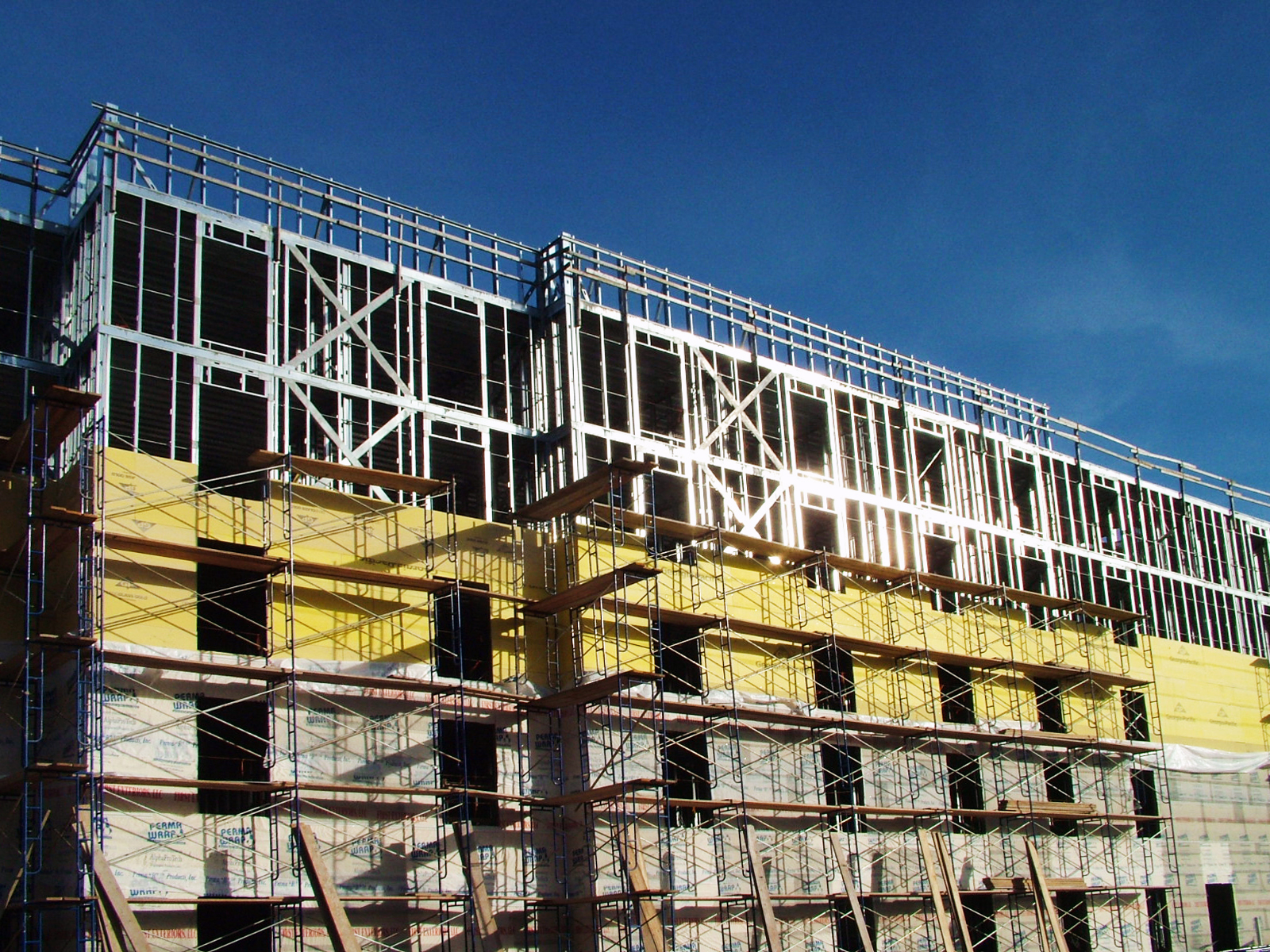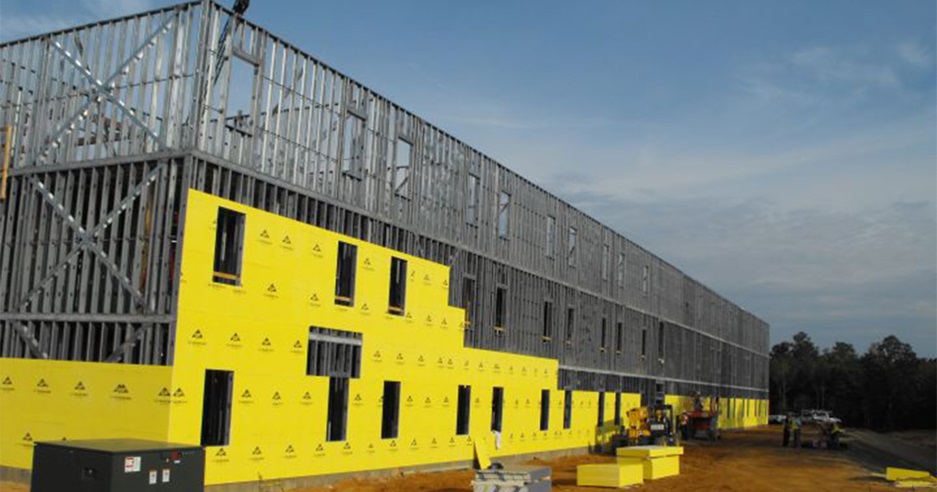
Aisi cold formed steel framing how to#
Member Design Parameters to learn how to do this.
Aisi cold formed steel framing code#
The design parameters for the cold formed steel code checks. The Cold Formed tab on the Members Spreadsheet record s Unless otherwise specified, all code references below are to AISI S100-16.Ĭold formed shape properties are available in the database and the valuesĪre based on the AISI or manufacturer values, whichever is selected (SeeĪlso input your own basic shapes and the properties will be calculated.The 2016 edition of the Mexican code (CANACERO-2016 ASD).The 2016 edition of the Canadian code (CSA S136-16 LSD).The 2016 edition of the AISI code (AISI S100-16 ASD and LRFD).The 2012 edition of the Mexican code (CANACERO-2012 ASD and LRFD).The 2012 edition of the Canadian code (CSA S136-12 LSD).The 2012 edition of the AISI code (AISI S100-12 ASD and LRFD).

Of the Canadian code (CSA S136-10 LSD contained in the Supplement No.2 February 2010)

The 2004 Supplement of the AISI code (AISI NAS-2004 ASD and LRFD).Of the Mexican code (CANACERO-2001 ASD and LRFD) Of the AISI code (AISI NAS-2001 ASD and LRFD) Of the AISI code with 1999 Supplement (AISI-99 ASD and LRFD) Additionally, the North American Standard for Cold-Formed Steel Framing – Product Data, AISI S201, provides criteria for standardized products, AISI S202 serves as the industry code of standard practice, and AISI S230 provides a prescriptive method for one- and two-family dwellings.Cold Formed Steel - Design Cold Formed Steel - Designįull code checking can be performed on standard cold formed steel shapes, For nonstructural member design, AISI S220 governs the design (see STRUCTURE, February 2013) and when specific seismic detailing is required, AISI S400, North American Standard for Seismic Design of Cold-Formed Steel Structural Systems, is the applicable framing design standard. This article focuses on AISI S240 which applies to cold-formed steel structural members subject to gravity loading, wind loading, and seismic loading, except when specific seismic detailing is required.

It should be noted that the newly developed and updated AISI framing standards refer to AISI S100-12 (10), not AISI S100-16, due to the sequencing of the documents in the standard development schedule. This new standard includes design provisions for wall systems, floor and roof systems, lateral force-resisting systems, as well as truss and header assemblies. The simple reason is, it was easier to develop small single-topic documents versus a more comprehensive multi-topic document.īut, in 2015, these six AISI cold-formed steel framing standards, AISI S200, S210, S211, S212, S213, and S214 (references 1 to 6), were consolidated into a comprehensive multi-topic standard, North American Standard for Cold-Formed Steel Structural Framing, AISI S240. But, why would AISI develop six discrete framing standards as opposed to one design manual? This has been an often asked question by framing design engineers. The other standards addressed such topics as a code of standard practice, the definition of standard product, and prescriptive design for residential applications.

Six of these standards addressed the design of structural elements, such as general provisions, wall studs, floor joists, trusses, headers, and shear walls. From 2001 to 2012, the AISI Committee on Framing Standards developed nine different framing standards to cover specific aspects of cold-formed steel framing.


 0 kommentar(er)
0 kommentar(er)
